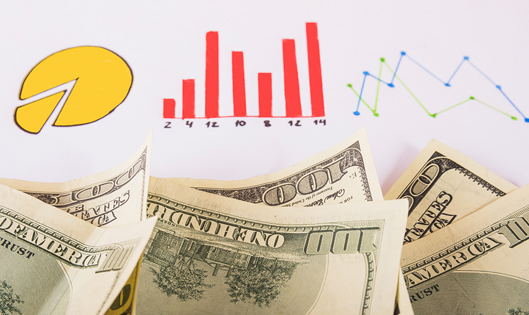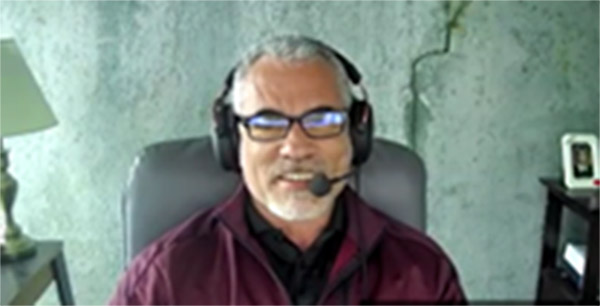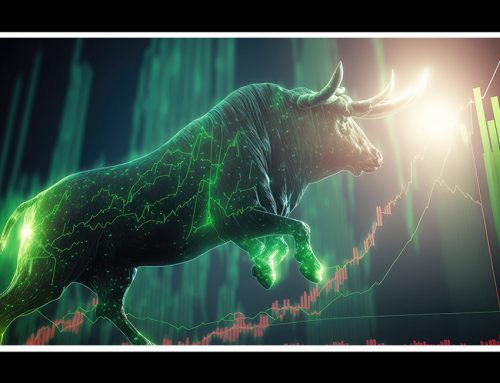Anyone Who Says Fixed Fractional Money Management is Better, Doesn’t Know What They Are Talking About…
That is a bold statement on my part (unless we are discussing very LARGE account sizes, in that case, fixed fractional ‘might’ be the best approach)…
Proper money management is the most important piece of the
trading puzzle.
There is so much misinformation on the subject that it is an area that
traders need to understand completely for themselves…
…Don’t Rely On Anyone Else
Not me.
Not other traders.
Not any book.

You need to understand this for yourself.
It is only then you will properly understand how to reap the benefits from your own trading.
Money management is NOT where to place stops and targets.
The proper term for that is trade management.
Money Management is The Overall Plan For How Much of Your Account You Will Risk on a “Per Trade” Basis at Any Given Time, And When to Increase And/Or Decrease That Risk.
Where to place your stop has nothing to do with your overall account size…it has to do with the rules of your strategy.
Accordingly, your trade size cannot be properly determined unless you know how big the potential losing trades are, and how big of a drawdown you expect at any given time. This information comes from the strategies being traded.
Don’t take my word for it, you can do the math for yourself…and you should.
No One Should Take Another Trade Without Understanding These Concepts.
Today, I am going to back up what I say with something that is hard to argue against… simple mathematics.
What is fixed fractional trading?
It simply says don’t risk more than x% of your account on any given trade.
For example, many so-called experts tell you never risk more than 2% of your account on any given trade.
Let’s apply that logic to the scenario I gave above. You are risking $400 on a single trade. You can’t change that because it is the strategy.
$400 is 2% of a $20,000 account.
This means you need $20,000 in the account before you take a single trade with this strategy, where you only expect a largest drawdown of $3,000.
Since you would clearly stop trading this particular strategy long before your $20,000 drops to the margin minimum of $2,500, there is no sense in tying up $20,000 on this particular strategy.
But you run into another problem. If your first trade is a loss for $400, your trading account drops to $19,600. If you take another trade, you are immediately risking more than the 2%.
Another problem is that you don’t increase trade size until your account increases from $20,000 to $40,000…then and only then do you go from 1 to 2 contracts in this scenario.
Let’s say you want to trade an S&P E-mini strategy that has a max stop loss of $500.
This means that you need to have an account size of $25,000 (and you better hope the first few trades don’t lose).
This also means that the first time you can increase from trading 1 contract to 2 contracts is at $50,000.
And from 2 to 3 at $75,000.
So for every $25,000 in the account, you add 1 contract.
In order to grow the account from $25,000 to $200,000, your underlying
strategy needs to make $64,820 based on a single contract.
In other words, without money management, your $25,000 grows to $89,820 for a total return of 159%.
With the standard fixed fractional money management, your account grows from $25,000 to $200,000 during the same time period.
This is a total return of 600%.
Not bad.
So clearly, some money management is better than none.
However, this is an incredibly inefficient way to trade the account, especially at the beginning.
There Is A Better Way
I’m going to make a statement, and I realize I might be stepping on a landmine in the trading world, but I’ve analyzed money management strategies for the last 30 + years, and the proof is always in the numbers…
Anyone Who Says That a Fixed Fractional Based Strategy Out-Performs The Fixed Ratio Based Strategy Simply Does Not Know What They Are Talking About.
So let’s look at my Fixed Ratio method?
Since we determine how fast we will increase based on the largest expected drawdown of the strategy, we will need that figure.
Let’s say the largest expected drawdown is $6,000.
A conservative Fixed Ratio is half of this number.
We start with 1 contract.
Only instead of waiting for the strategy to produce $25,000 in profits before we increase the contract size…
We do it at $3,000 in profits.
So, when the account grows to $28,000, we start trading 2 contracts.
But we don’t keep the profits required to increase another contract the same like it does in the fixed fractional method.
Instead, it is a ratio of how many contracts are being traded to the first increase amount.
So, if we are trading 2 contracts.
We make the next increase at 2 x $3,000, or at $34,000.
Here is the table for the Fixed Ratio strategy:
$25,000 – 1 contract
$28,000 – 2 contracts
$34,000 – 3 contracts
$43,000 – 4 contracts
$55,000 – 5 contracts
$70,000 – 6 contracts
Etc.
If the underlying strategy makes $64,820, by applying the Fixed Ratio strategy, it grows the account from $25,000 to over $700,000!
This is an increase of 2,600%.
At this account level, you would be trading 21 contracts with the Fixed Ratio strategy.
To get to $700,000 using the fixed fractional, the underlying system would need to generate over $98,000 in profits based on a single contract, and would be trading a total of 29 contracts (risking more at this level per trade than the fixed ratio method).
No Money Management =159% return
Fixed Fractional = 600% return
Fixed Ratio = 2,600% return
There are no optimizations in these scenarios. Pick ANY strategy, you will see similar differences in results.
The reason is because there is an underlying principle at work.
How you increase your trade size matters.
The key to success in trading lies not in chasing fleeting profits but in implementing a disciplined approach to money management…
By capitalizing on winning streaks and safeguarding against losses, traders can achieve sustainable growth and long-term success.
For those serious about trading, understanding the nuances of trade size and money management is non-negotiable
And that is the Truth About Trading.
Trade Smart,
Ryan Jones
SmartTrading Founder-
P.S. The first calendar day is coming up. And the first calendar day is generally bullish EXCEPT for August historically.
The market has been showing weakness and I believe it will continue throughout August.
Make sure to check your email regularly as I provide updates and strategies.
My guy Ben is up 30% YTD (compounded)
It’s been a minute since I introduced you all to my guy Ben. He’s been up to something impressive…
His Ben’s Trade of the Week service is up 30% year to date, compounded. The SPY is up 15%, not bad, but not Ben.
Now, Ben has been working for me for many years and has become a colleague and a good personal friend of mine. His TradePartner Trade of the Week (Weekly Signal Program) is a great way to increase your understanding of the CashFlow approach. The TradePartner Weekly Signal Program combines logic and CashFlow methods so you get the full view of why we’re taking the trade.
Don’t Miss My Next Live Trade Call
Once a week I meet with a select group of traders. I’ll go over trades I’m looking at, strategies, and answer questions. I want you to join me on these calls.
We’ll be looking at: Trade Setups, Different ideas for Increasing Probabilities, Ideas for Increasing Profit Potential, How to Construct a Series of Low Risk Trades, Market Condition Changes, Exact Trades I’m taking and why.






